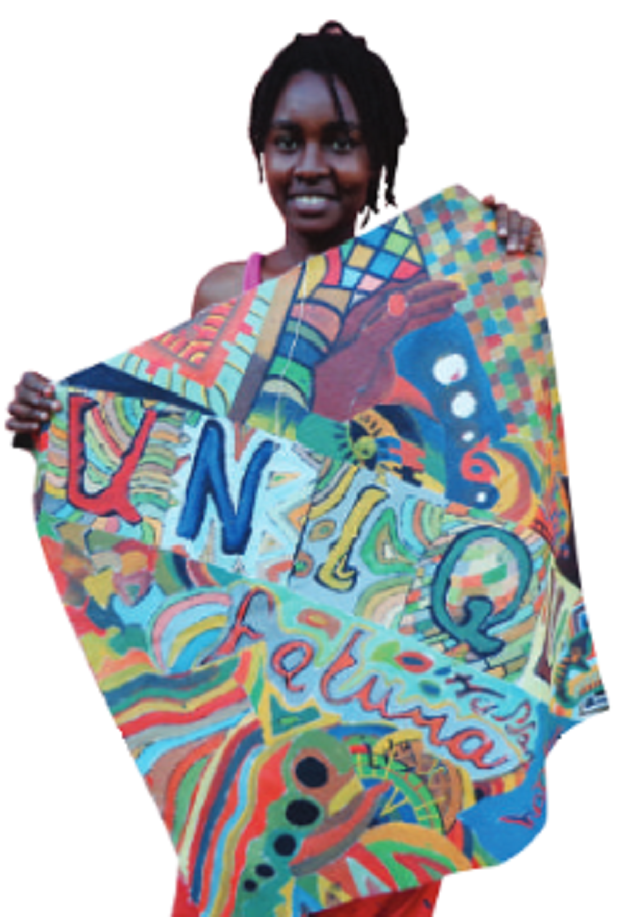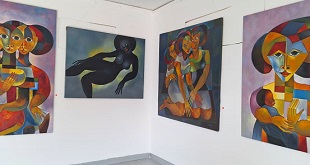
It turns out that many people are clueless about what they really want to be; that what they are has been conditioned by external influences. These could be society, peers, friends, family pressures, and more.
Norwegian artist Eirik Jarl Trondsen once belonged to this lot. He worked for years with Care, the international humanitarian organisation, until he became increasing disillusioned and quit.
He then started a project that he probably did not know would turn out to be a major pioneering effort to reversing the perils of a visionless society. He called it Affirmative Art, birthed during his long stay in Mombasa, Kenya and working with an army of young people.
He built it on the belief that when one envisions what they wish to become in future by drawing it on paper or using any other media, the reality of the dream becomes more tangible and even closer to achieve. He wrapped this belief in a triple `A’ formula: A- Affirmative or drawing the dream, Alignment or staying focused, and lastly Action steps or practical activities to be taken to achieve the dream.
It is illustrated by a triangle with Affirmative at the apex, representing what one wants to become; on the bottom left the Alignment with the kind of partners or kind of people that can help one to achieve a dream and on the bottom right Action steps with a list of activities that have to be undertaken in this enterprise.
He even made strides by introducing the idea to the Massachusetts Institute of Technology (MIT) in Boston, one of the world’s most prestigious institutions, where he worked with students to open their eyes to realise where their true aspirations lie and how they could achieve them using the universal language of art. What followed was an eventful caravan community tour where Eirik with two colleagues drove a van from New York to California, engaging with people of all walks of life in churches, schools and more.
On the surface, Affirmative Action comes across as one of those academic head-spinners perpetuated by elitist artists that are removed from the realities of average minds. Far from it.

Affirmative art is a demonstration of the most practical way in which art can be used as a tool to achieve practical results in life. It transcends all the usual norms including education achievement, sex, age, race, religion and so forth.
Art has previously been used as a medium for therapy since time immemorial. Now art is seen to enter into a new dimension hitherto undiscovered by the world. Eirik is experimenting on the Affirmative Art ideology with students of the Naggenda International Academy of Art and Design in Namulanda where he is currently based.
Kizito Maria, a director-cum-lecturer at the same school and a well-known conceptual artist says Affirmative Art is not about producing a beautiful work of art but “rather aiding the discovery of the future using images and text”. It turns imagination into palpable realities.
Eirik and the Affirmative Army are planning a month-long caravan tour of East Africa that will move from Kampala to Mombasa with possible stops in DRC and South Sudan, engaging communities in discovering their dreams.
Even more critically, this art form which is an invention emanating from East Africa might achieve global recognition, at least going by the successful engagement and ultimate endorsement by MIT.
****
editor@independent.co.ug
 The Independent Uganda: You get the Truth we Pay the Price
The Independent Uganda: You get the Truth we Pay the Price

